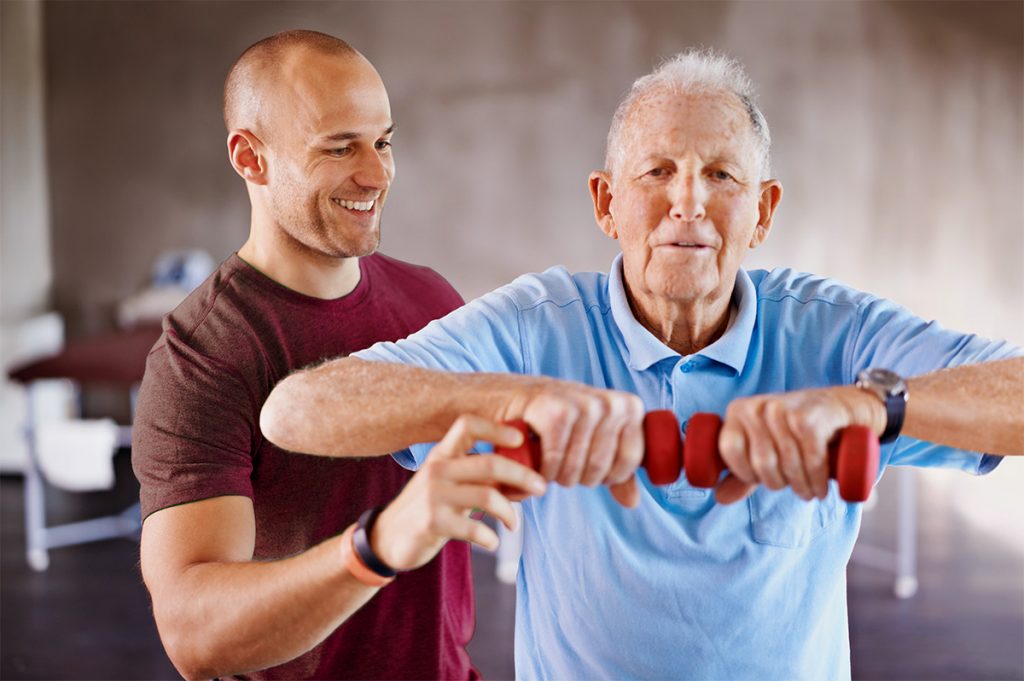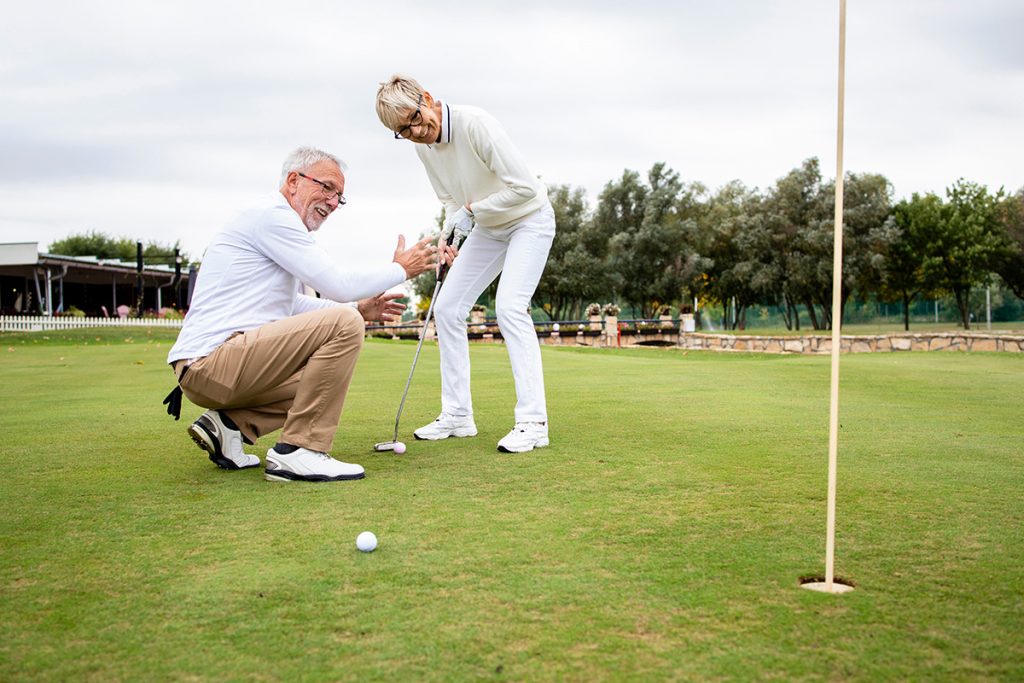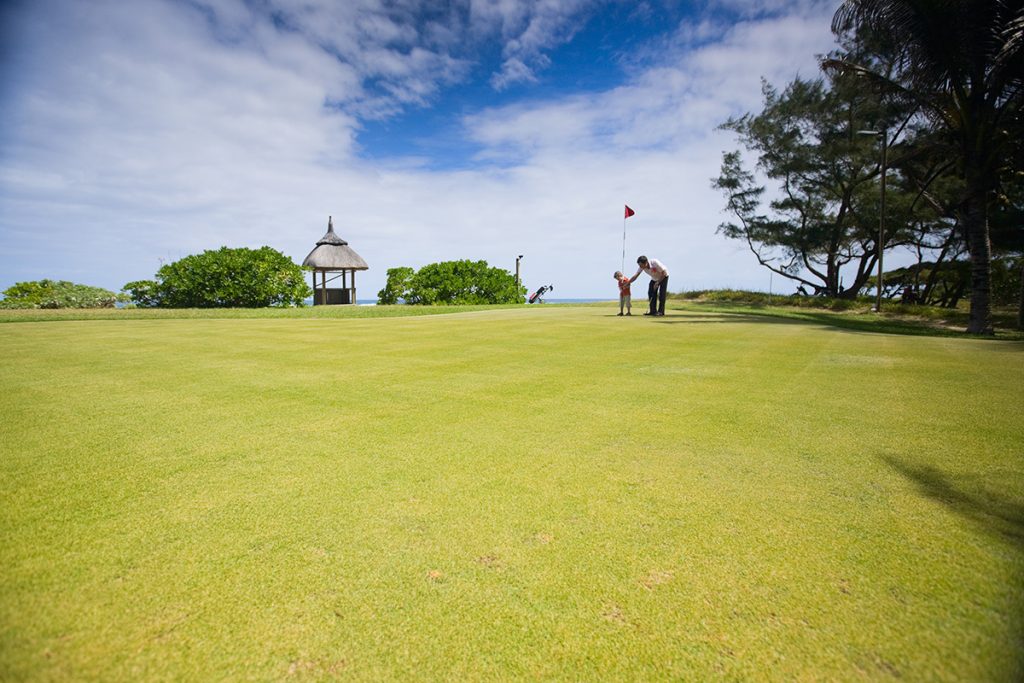Pain Disrupts Your Life
With the beautiful spring weather in full swing, now is the time to get outdoors and do some gardening, go bicycling, try tai chi or even dust
off the golf clubs and head for the golf course. But for many, living with a pain problem makes it tough to enjoy any of these fun physical activities.
Not only does pain prevent people from enjoying physical activity, it also affects one’s emotions. Chronic pain can cause sadness, frustration and feelings of hopelessness.
Pain also impacts relationships with friends and family members. People are unable to participate in activities like family outings, or simple household chores because of pain. Eventually people with pain become isolated from those around them including the ones that mean the most.
What Is Pain?
Pain is an unpleasant sensation that can range from mild, localized discomfort to agony. Pain is a complex experience that differs from person to person. The physical part of pain results from nerve stimulation. Pain may be contained to a discrete area, as in an injury. Or pain can be more diffuse, as in disorders like fibromyalgia. It may be acute or chronic, lasting more than 6 months. Pain is often debilitating and a symptom of an underlying condition or disease. But pain that persists can become a disease in itself. Chronic pain affects 50 million Americans annually and is the prime reason adults seek medical care.
Types of Pain
- Neuropathic pain, or neuralgia, is pain caused by nerve irritation. It may feel like burning, tingling, pins and needles sensations.
- Nociceptive pain is pain that is the result of tissue injury such as trauma, surgery or chemical burns.
- Inflammatory pain is inflammation caused by an inappropriate response of the body’s immune system. It often manifests with redness, swelling, heat and loss of function.
- Functional pain is that without obvious origin such as fibromyalgia and irritable bowel syndrome.
Pain Is Often Under-Reported
People may not report pain problems because of fear of addiction to opioid prescriptions or fear of being misunderstood by others. But for seniors, pain is sometimes wrongly considered a normal part of aging. The elderly sometimes choose to suffer in silence possibly due to cultural shame, the high cost of medicines or lack of access to medical care.
Don’t Wait. Address Your Pain
But if your pain isn’t being addressed successfully by your primary doctor, or if you have a specific type of pain, a new pain or new symptoms such as numbness or tingling, seek out a specialist. Pain specialists find the causes of acute pain. They treat it aggressively to prevent the onset of chronic pain. The pain specialist will take a comprehensive history. He will do a complete assessment of pain duration, intensity, locations, aggravating and relieving factors, prior medications used, family history of drug or alcohol abuse, and patient goals for pain control.
Treating Pain Without Drugs
Simple comfort measures can help reduce pain. Massage, soft touch, and warm applications like pet therapy or folding warm clothes are relaxation techniques beneficial for some.
- Cognitive and Behavioral Therapy (CBT) is a form of talk therapy that helps people change negative thoughts and behaviors that often contribute to pain. It is often used in combination with other pain management treatments.
- Progressive muscle relaxation (PMR) is a deep relaxation technique. It involves tensing and then relaxing muscles, one by one. This helps you release physical tension, which may ease stress and anxiety. Research has shown that PMR offers a range of benefits, including pain relief and better sleep.
- Complimentary Medicine (massage, acupuncture, acupressure)
- Alternative medicines also have been shown to reduce pain such as acupuncture, chiropractic, massage, hypnosis, biofeedback, meditation, yoga and tai-chi
Which medicines are used to treat pain?
Acetaminophen and NSAIDS can be bought without a doctor’s order. But follow your doctor’s directions when taking these. Acetaminophen can cause liver damage and NSAIDS can cause stomach bleeding or kidney problems if not taken correctly.
Narcotics are used for moderate to severe pain. At first, your healthcare provider may give you a low dose. The dose will slowly be increased until you reach the best dose for your pain.
What is an Opioid?
Opioids are a class of drugs that include heroin, synthetic opioids such as fentanyl, and pain relievers available legally by prescription, such as oxycodone (OxyContin®), hydrocodone (Vicodin®), codeine, morphine, and many others. These drugs interact with opioid receptors on nerve cells in the body and brain. Opioid pain relievers are generally safe when taken for a short time as prescribed. Because opioids produce euphoria in addition to pain relief, they can be misused. Regular use, even as prescribed by a doctor, can lead to dependence. When misused, opioid pain relievers can lead to overdose incidents and deaths. An opioid overdose can be reversed with the drug naloxone when given right away. Fortunately, effective medications exist to treat opioid use disorders: methadone, buprenorphine, and naltrexone. These medications help many recover from opioid addiction. For more information on opioids, visit the National Institute on Drug Abuse at https://www.drugabuse.gov/drugs-abuse/opioids
Physical Therapy
Physical Therapy can help people with long-term, or chronic pain. The therapist may look for areas of weakness or stiffness that adds stress to the places that hurt. Specific exercises are prescribed to ease pain. These may include a combination of stretching and strengthening exercises.
- Some therapists are trained in massage techniques to help with pain. Some massage may not feel too comfortable, but the therapist takes great care to make sure it is safe and helpful for you.
- In addition, your therapist may use heat and/or cold treatments to also help with pain.
- Tens (Transcutaneous Electrical Nerve Stimulation) uses a device to send low-voltage electric current to the skin over the painful area. Ultrasound sends sound waves to the area that hurts. Both these offer relief by blocking the pain messages to the brain.
- Exercise Therapy/Lifestyle Changes
Regular physical activity not only reduces pain but enhances functional capacity and mood and is especially good for seniors.
Although therapy can be hard, stick with it because you will reap the benefits.
AW Health Care can help! We can provide therapy in your home after a fall, injury or hospital stay. Call us for more information. (314) 330-7992
Did You Know?
Medicaid Beneficiaries Can Now Get Outpatient Physical Therapy.
That’s right! Missouri Medicaid (MO HealthNet) now pays for outpatient physical therapy, called Medicaid Alternative Pain Management Physical Therapy. To qualify, you must not be homebound and:
- Be 21 years of age or older
- Be MO HealthNet eligible
- Have a chronic neck or back pain diagnosis
- Have a chronic pain post traumatic injury diagnosis
Questions? Call AW Health Care (314) 330-7992
Father’s Day Is Here
This year Father’s Day falls on June 18. Spend some quality time with dad. Happy Father’s Day!










Comments are closed.